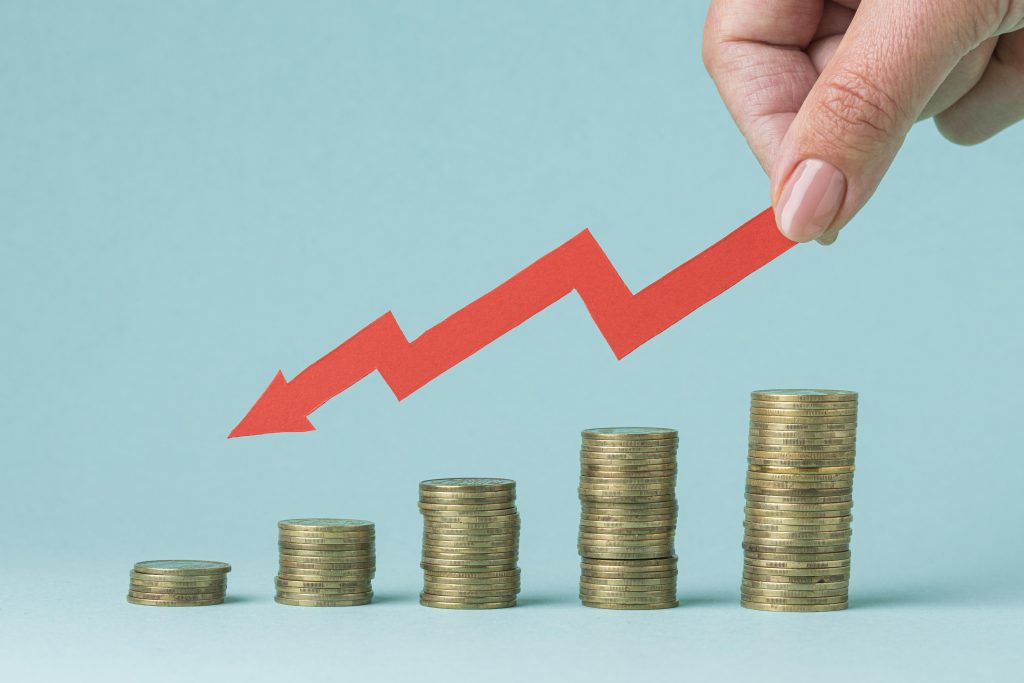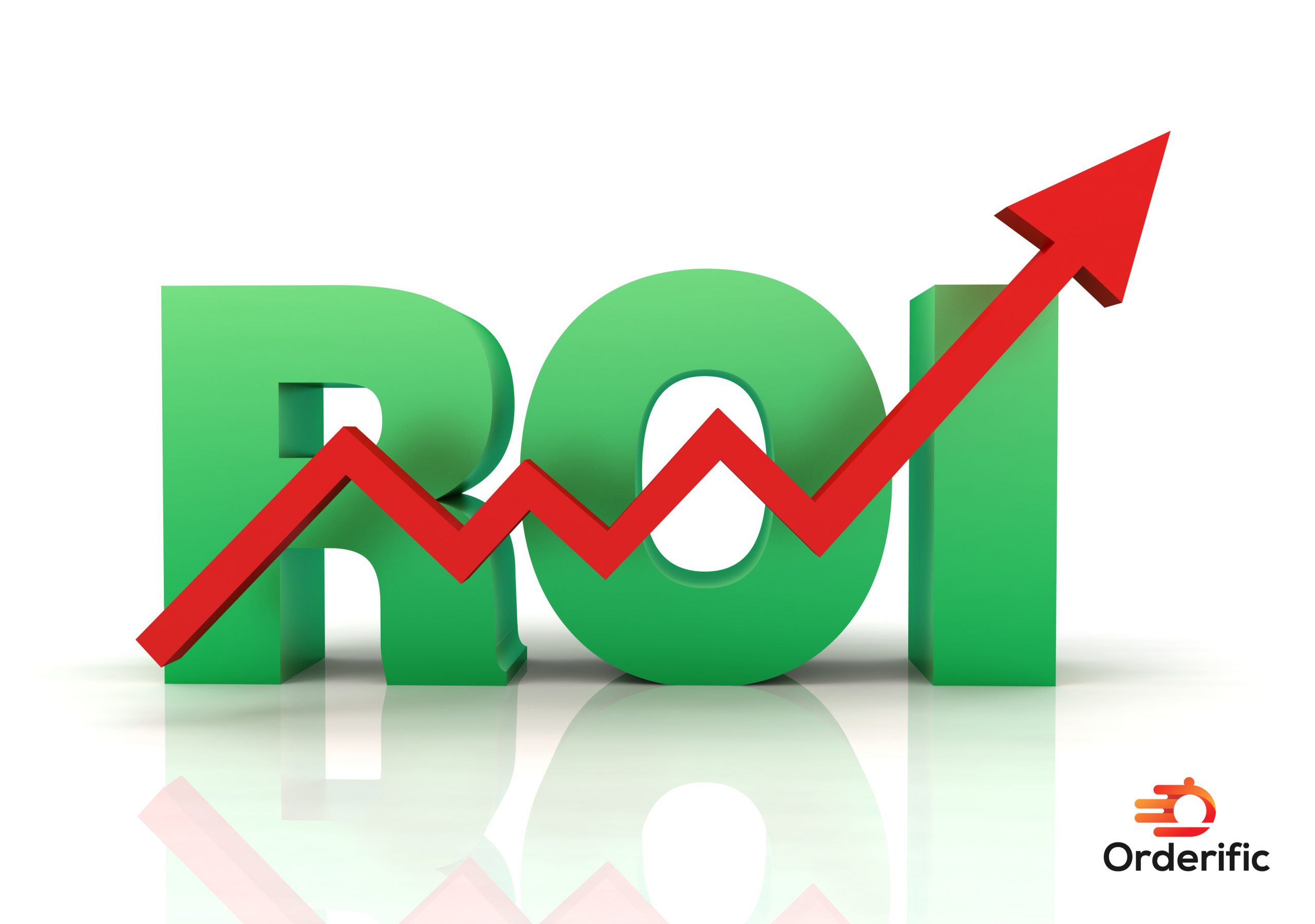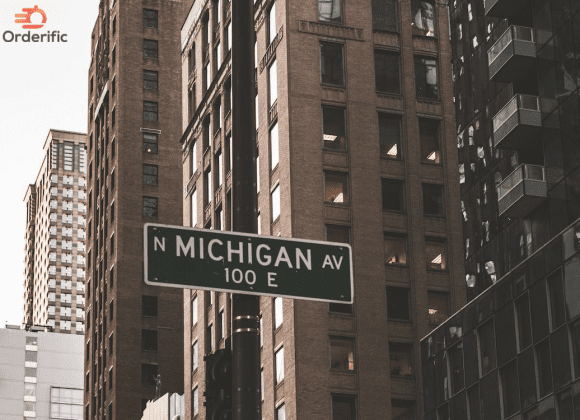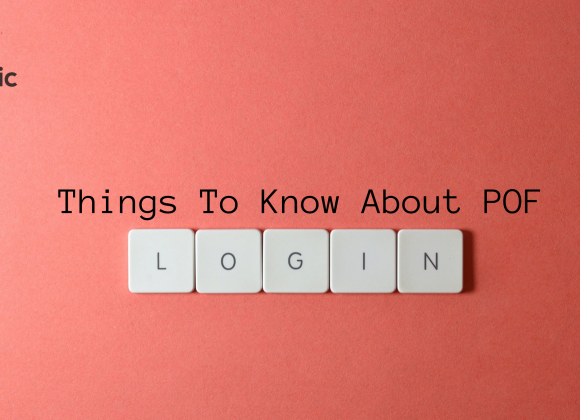Introduction
Welcome to our comprehensive guide on the New York City minimum wage. Whether you’re an employer, an employee, or simply a curious New Yorker, this guide will provide you with the information you need about the minimum wage in New York City. As you navigate the vibrant city streets, from the fast-paced world of Wall Street to the bustling scene of Broadway, there’s an underlying story about labor laws and wages crucial to understanding the city’s heartbeat.
Understanding the labor law and Fair Labor Standards Act about minimum wage is crucial for employers and employees. Whether you are a gig worker in the growing digital marketplace or a clerical worker in a traditional office, the minimum wage law affects you. In the upcoming sections, we’ll delve into the nuances of the minimum wage increase, the differences between minimum wage rates in upstate New York and New York City, and the influence of the federal minimum wage. We’ll also touch on the role of the New York State Department in enforcing these labor laws. So, tune in as we unpack the ins and outs of the minimum wage, hour by hour, in the city that never sleeps.
New York Minimum Wage Rate Schedule
As we dive into the details, let us first understand what “minimum wage” signifies. It is the lowest wage employers can legally pay their workers per hour of their work. In the United States, the minimum wage set by federal law is $15, but New York has a higher minimum wage rate. This rate in New York is conditional and varies based on the type of industry, the employer’s size, and the state’s location.
The New York State Department of Labor oversees the enforcement of labor laws in the state, ensuring fair wages for all working New Yorkers. Let’s take a look at the minimum wage increase that took place recently in New York. Governor Kathy Hochul announced that, as of December 31, 2022, the minimum wage for New York employers — New York City and upstate New York — would increase. The cash wage for food service workers and service employees who receive tips would also increase, impacting tipped workers significantly.
Long Island And Westchester Minimum Wage
Just outside the city, in Long Island and Westchester, the minimum wage structure is slightly different. The wage rates here mirror those of Upstate New York rather than the city which is set at $15. However, they’ve also experienced an increase in line with the statewide changes enacted by Governor Hochul. These changes affect not just standard employees but also service employees and food service workers who rely on tips, once again emphasizing the role “tip credit” plays in the wage structure across different sectors.
Rest Of New York State Minimum Wage
In the rest of New York State, outside of New York City, Long Island, and Westchester, the minimum wage also follows a distinct structure which is set at $14.20. The wage rates in these areas adhere to the state-mandated baseline, yet they also saw an increase following Governor Hochul’s recent proposition. The rise in minimum wage impacts not only regular employees but also service workers and those in the food industry who depend heavily on tips. This highlights the pivotal role of “tip credit” in the wage structures across various industries throughout the state.
Minimum Wage For Tipped Workers
In New York, tipped workers occupy a unique position when it comes to minimum wage laws. The concept of “tip credit” comes into play, which allows employers to pay a lower cash wage to workers who earn tips, with the expectation that the tips will make up the difference. The notion behind this is to balance the often unpredictable nature of tipped income, but it’s a concept that has been under scrutiny due to concerns around fair wages.
As part of the recent changes announced by Governor Hochul, the cash wage for tipped workers, including those in the food and service industry, has seen an increase. This move is aimed at helping to level the playing field and ensure that these workers are compensated fairly for their labor. While this change has been generally well-received, it also presents new challenges for employers in terms of budgeting and payroll management. Navigating this landscape can be complex, and it’s important for both employers and employees to thoroughly understand their rights and responsibilities under the law.
Minimum Wage For Fast-Food Workers

Fast-food workers represent another substantial group impacted by the minimum wage laws in New York. Unlike other industries, fast-food establishments have separate wage regulations. In an effort to combat low wages in this sector, New York has set a higher minimum wage for fast-food workers. This upward adjustment acknowledges the demanding nature of fast-food jobs and aims to provide these workers with a living wage. As with all labor laws, it is vital for fast-food employees and their employers to be aware of these regulations to ensure fair and legal wage practices.
Minimum Wage For New York City App-Based Drivers
App-based drivers in New York City represent a rapidly growing sector. This includes drivers for ride-hailing services like Uber and Lyft, and delivery couriers for companies like DoorDash and Grubhub. These workers are also subject to their own unique set of wage regulations. In recognition of the evolving digital marketplace, New York City has established a pay standard for these drivers that aims to ensure fair compensation. This standard takes into account not only time spent driving, but also expenses such as gas and vehicle maintenance. As with all sectors, understanding these regulations is crucial for drivers and the app-based companies that hire them.
Enforcement Of Minimum Wage Laws
The New York State Department of Labor is responsible for enforcing minimum wage laws, ensuring that all workers receive fair compensation for their labor. It is crucial for employers to adhere strictly to these laws, as non-compliance can result in severe penalties. Workers who believe they have not been paid the correct wages can file complaints with the Department of Labor. For New Yorkers, understanding these regulations and their enforcement is an essential aspect of protecting their rights and livelihood.
Other Things To Know About Minimum Wage
In addition to the factors mentioned above, there are other important aspects to consider regarding the minimum wage in New York. For example, exemptions to the minimum wage law exist for certain types of employees such as students, apprentices, and learners. Moreover, wage laws may differ for employees in certain industries or for those who work irregular hours. Lastly, it’s essential for workers to know their rights, such as the ability to recover lost wages through the legal system if they are underpaid. Remember, knowledge is power – the more you understand about the intricacies of the minimum wage in New York, the better equipped you’ll be to navigate the complex landscape of labor laws.
Workers Not Covered By Minimum Wage Law
While the minimum wage law covers a large portion of the workforce in New York, there are some workers who fall outside its scope. These may include individuals who are self-employed, certain agricultural workers, volunteers, students obtaining vocational experience, and more. Executive, administrative, and professional employees may also be exempt from the minimum wage law. It’s crucial for all workers to be aware of their status and understand the specific regulations applicable to them, ensuring they’re adequately compensated for their work.

Conclusion
Whether you’re a tipped worker, a fast-food employee, or an app-based driver, recognizing where you stand in terms of minimum wage plays a pivotal role in ensuring fair compensation for your work. Employers, too, must grasp these regulations to maintain compliance and avoid penalties. At the end of the day, the applicability of minimum wage laws comes down to the specifics of your industry, your role, and your location. As the city’s labor landscape continues to evolve, staying in step with changes to laws and regulations is paramount.
As you navigate these intricacies, you may find that modern solutions can simplify compliance and payroll management. Orderific provides a platform that can help businesses effectively manage their workforces in light of these evolving regulations. If you’re interested in finding out how Orderific can streamline your operations and ensure compliance with minimum wage laws, schedule a demo with us today.
FAQs
In NYC, how much is the minimum wage after taxes?
The net minimum wage after taxes depends on your tax bracket and deductions.
What is it like to live on minimum wage in New York City?
Living on minimum wage in New York City can be challenging due to the high cost of living.
Can I get $20 per hour at NYC?
Yes, depending on your job and skills, it is possible to earn $20 per hour in NYC.
Can you live alone in NYC on minimal wage?
Living alone in NYC on minimum wage can be challenging due to the high cost of living.













